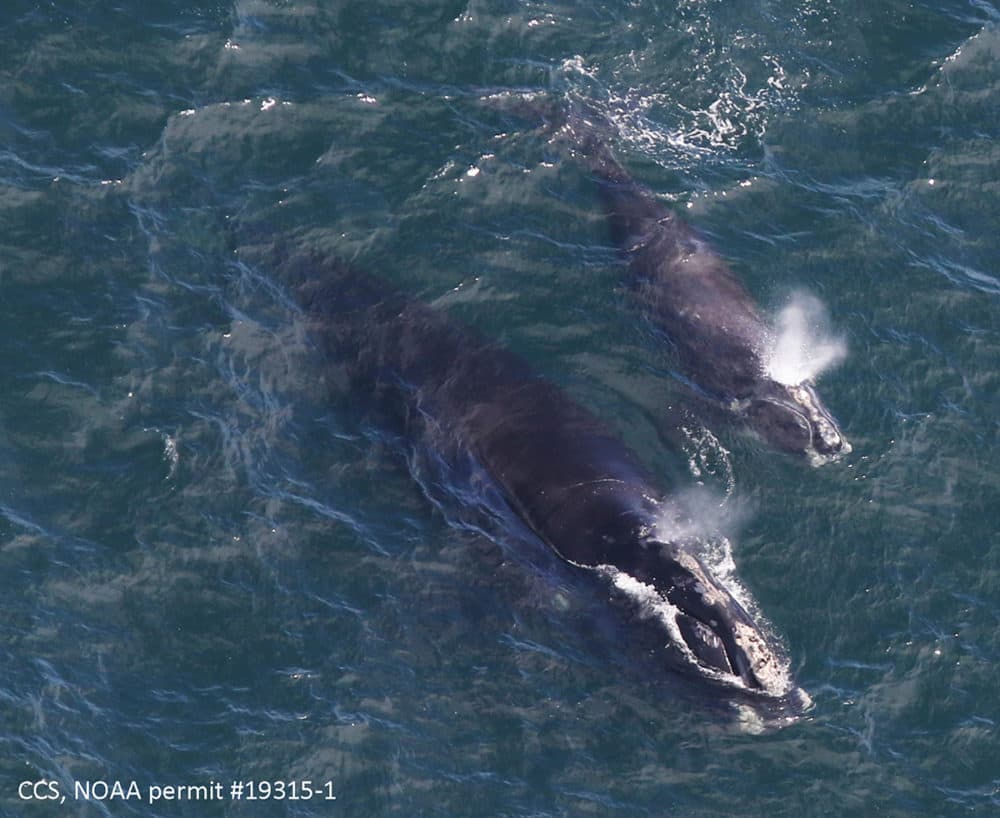Advertisement
NEAQ And Cambridge-Based Firm Draper Commit $1 Million To Spy On Whales From Space

An aquarium and an engineering firm in Massachusetts are partnering on a project to better protect whales by monitoring them from space.
The New England Aquarium and the engineering firm in Cambridge, Draper, say whale conservation needs new, higher-tech solutions to protect whales from extinction. So, the pair is working together using data from sources such as satellites, sonar and radar to keep a closer eye on how many whales are in the ocean.
The effort has an easy to understand name for a project involving complex data and surveillance — the aquarium and firm are calling the project “Counting Whales From Space.” That’s about the only simple thing about the project, said John Irvine, chief scientist for data analytics with Draper.
The work will involve gathering data from sources ranging from European space agencies to amateur radio operators to create a probability map of where in the ocean the whales might be, Irvine said. Conservation groups will then be able to monitor whales and their movements, he said.
“If whales are moving out of one area and into another, what’s the reason for that? Is it due to ocean warming,” Irvine said. “Is it changes in commercial shipping lanes? These are all questions we’ll be able to start answering once we have the data.”
The partners have committed a combined $1 million to the effort. The project is expected to develop over several years.
Aerial surveys are currently the most frequently used method to count whales, partners on the project said. However, that approach is expensive, subject to bad weather conditions and can be dangerous, they said.
Project members said the goal of their work is to develop new technology that uses specially designed algorithms to process all the data they acquire and use it to monitor whales. Exactly what the final product could look like is a work in progress, Irvine said, but the goal is a “global watch on whale movement.”
The technology could potentially be used to monitor whales anywhere in the world’s oceans, but some of the most pressing need for monitoring is just off New England, said Vikki Spruill, president of New England Aquarium.
The region’s waters serve as a home to the endangered North Atlantic right whale, which numbers only about 400 and is declining in population. Better data and surveillance tools could help inform conservation of the species, and others elsewhere, Spruill said.
Advertisement
Especially since whales rarely respect international boundaries.
“These are animals that move across large areas of our ocean,” she said. “Large marine animals don’t have boundaries like we would think of on land.”